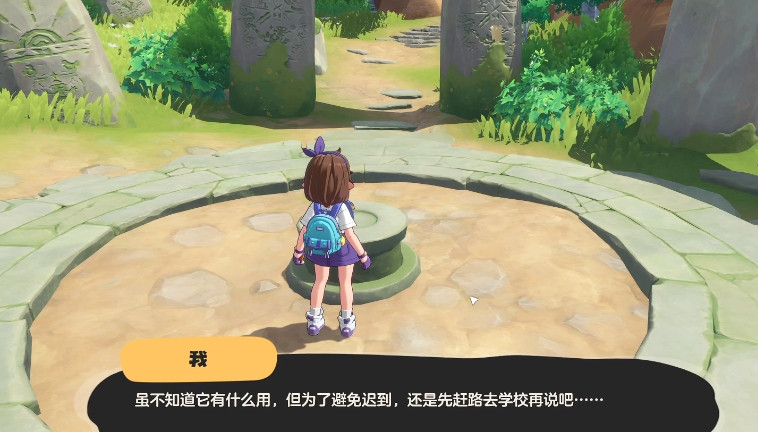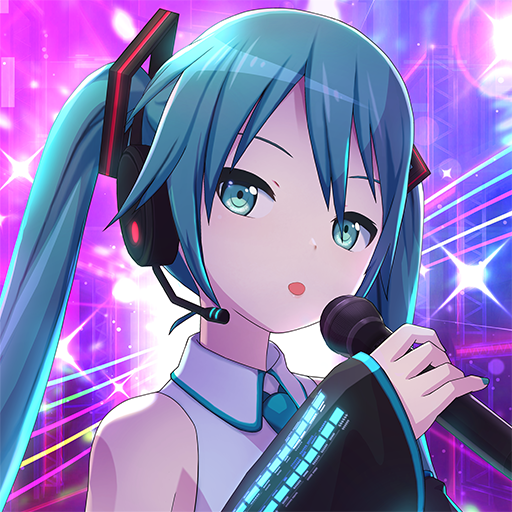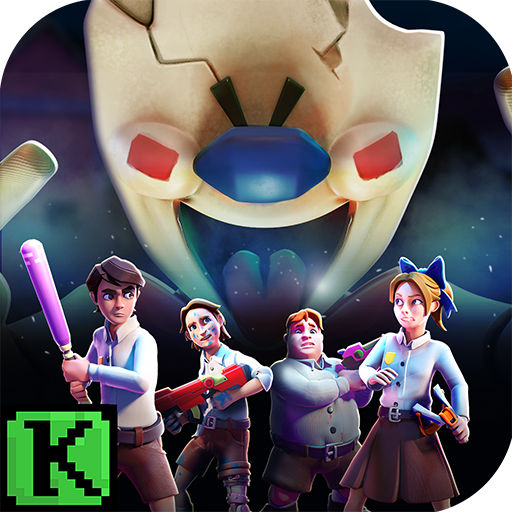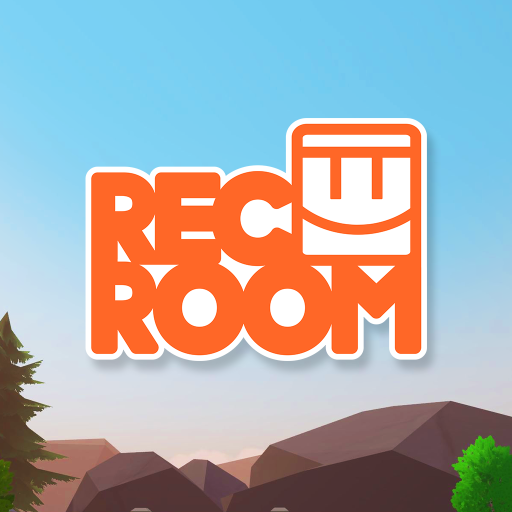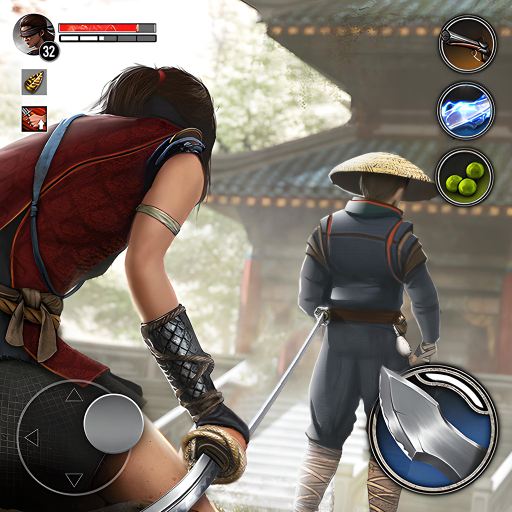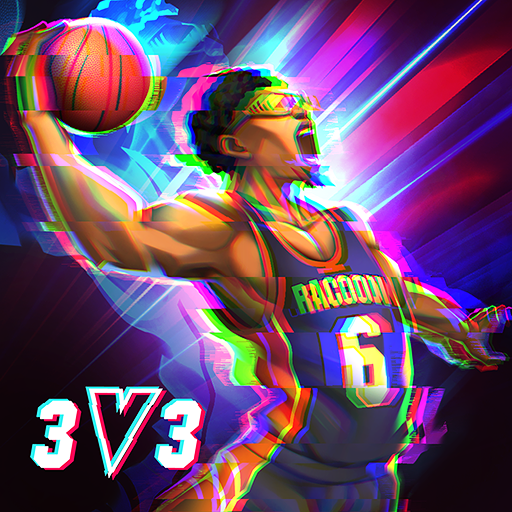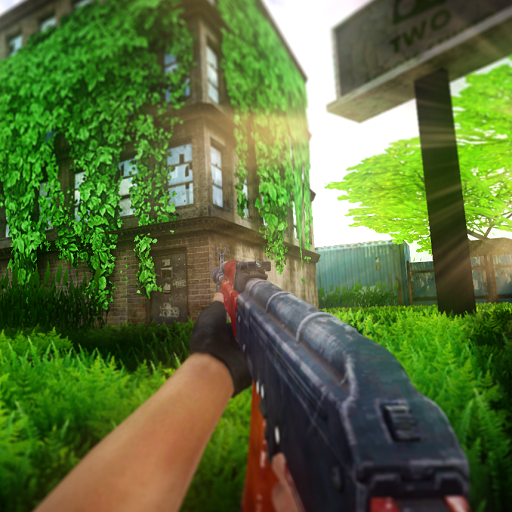This article brings you a beginner's guide to Hatsune Miku Colorful Stage. This work has a diverse range of gameplay, and understanding various aspects of the information might feel quite confusing for some, not knowing where to start. The following sections mainly categorize and organize some essential tips and tricks that beginners should be aware of, opening up ideas for starting out. The beginner tutorial is expected to help newcomers quickly get into the game.
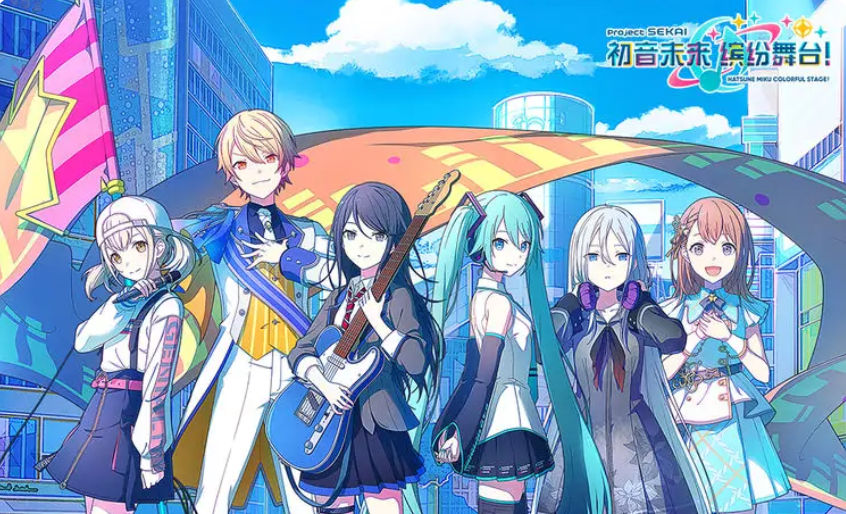
Ⅰ. Members
Members are the main force participating in song performances or concerts, and it's crucial to understand their details. Currently, there are 20 original characters and 6 virtual singers, each with corresponding star rarity: 1-star, 2-star, 3-star, 4-star. Additionally, there are limited edition members with birthday rarity. Members are obtained through recruitment. After obtaining a 4-star member, you can equip them with performance costumes. The ways to obtain members of different stars vary, and so do their level caps. Among them, 3-star and 4-star members can later unlock their level cap through special training.
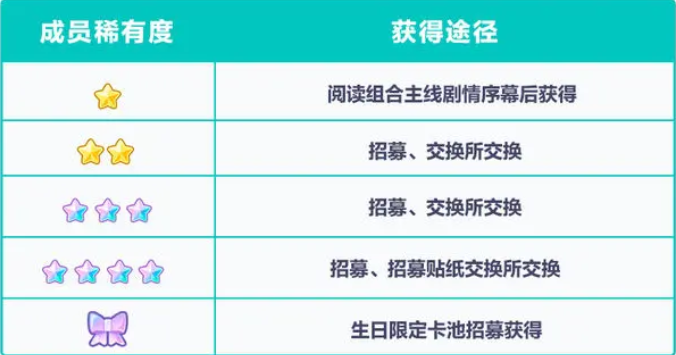
There are five types of members: Cute (pink), Cool (blue), Pure (green), Happy (yellow), and Mysterious (purple). Once your level reaches 25, you can exchange for corresponding type enhancement items at the mysterious seed exchange in the real-world Kamishan High School Miyoshi-saka Girls' Academy, which will boost the overall strength of the corresponding member type. Each member has two parts of the story, upper and lower, unlocked by consuming cultivation items. Watching the story will reward you with crystals, and unlocking it also increases the character's overall strength.
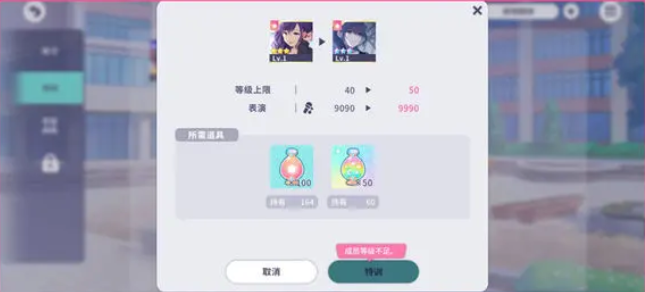
Special training is a unique development system for 3 and 4-star members. 3-star members need to reach level 30, and 4-star members need to reach level 40, consuming the corresponding amount of items to undergo special training. After special training, the character's level cap increases by 10 levels, not only enhancing overall strength but also changing the illustration. Players who reach level 30 can unlock different skills for the members, and these skills can also be upgraded.
Ⅱ. Performances
Performances are the main gameplay of the game. First, there are solo performances. In the solo performance interface, you can choose your favorite songs and difficulty levels, then select the members you like to arrange. Before starting, you can change the leader, adjust the speed of note descent, and choose the form of music presentation. There are five difficulty levels: "easy", "normal", "hard", "expert", and some songs have an additional "append" difficulty. You have 10 automatic performance opportunities daily, requiring the consumption of 1 or more performance energy to proceed with the automatic performance.
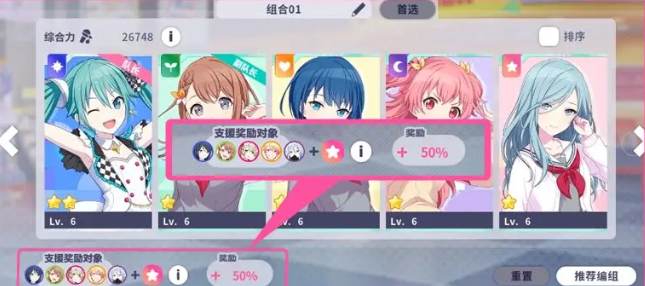
During the performance, the skills held by the arranged members automatically activate six times over time. The first five activations randomly trigger one skill from each of the five members, and the sixth activation is the leader skill. The score sheet has four different notes. If you achieve clear, you can randomly obtain cultivation materials. After completion, the score, score grade, and combo count will be displayed based on performance. The score grades are S, A, B, and C.
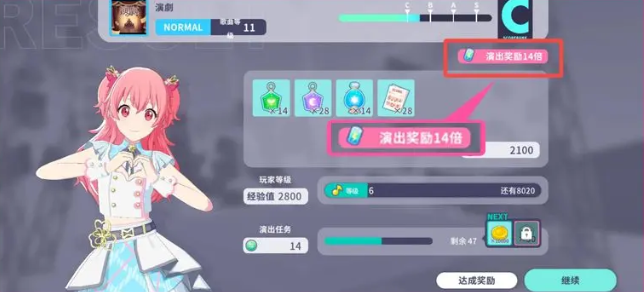
Next, there are multiplayer performances. You can participate by searching for rooms through matchmaking. Matchmaking rooms are divided into unrestricted free rooms and advanced rooms, which are unlocked when overall strength reaches 150,000 and matches players with similar overall strength. You can also create your own room or join other players' rooms by searching for the room ID. The performance can start once the room has at least 2 people, with a maximum of 5 people per session. Each person can choose their desired song or a random song, and the final song for the performance is decided by drawing lots.
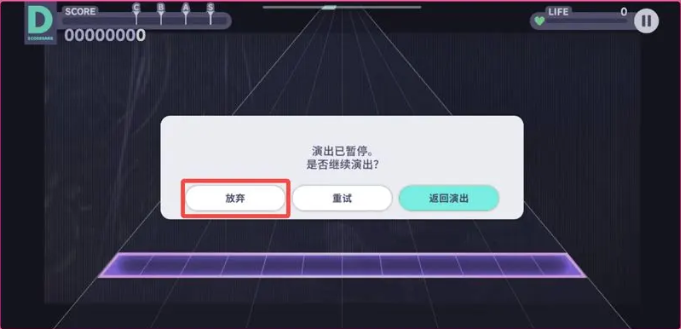
In multiplayer performances, you can perform songs you haven't obtained, earning more rewards. The post-performance rewards are determined by the combined score rating of all participants, and the drop content is the same as in solo performances, but rare items are more likely to drop compared to solo performances. In this mode, only the leader skill is activated, and it can be activated a total of six times. A "fever time" is added, during which, if the required value is reached within the fixed "fever time" period of the song, additional drop items will be obtained. Also, the performance won't fail even if the health points reach zero, but you cannot choose to restart the song or give up directly. The player with the best score will receive the "MVP" or "super star" title for this round.
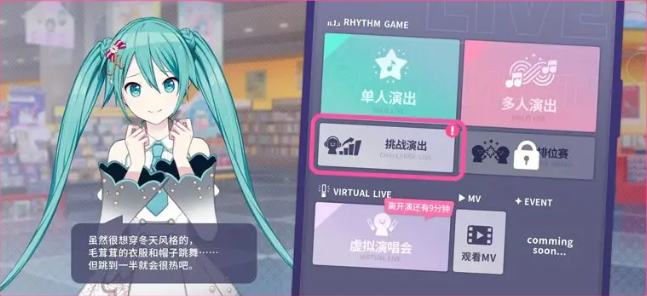
The beginner's guide to Hatsune Miku Colorful Stage in this issue focuses on explaining the contents related to members and performances. For initial partners, mastering the gameplay of members and performances is the top priority. As long as these two aspects are mastered, there will hardly be any issues in the early stages, allowing you to quickly enjoy the fun brought by the performances.
